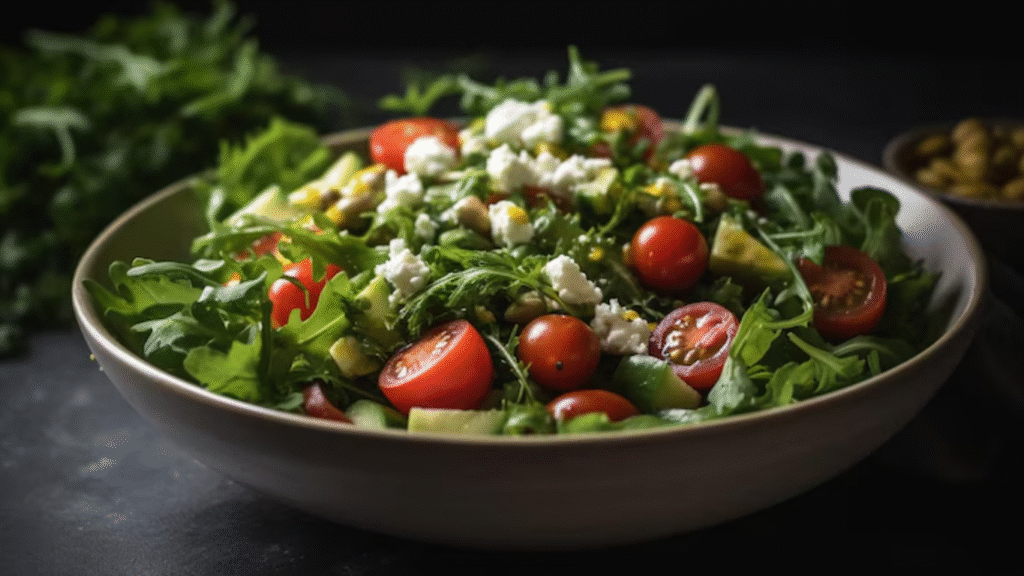In today’s fast-paced world, it can be challenging to maintain a healthy lifestyle while also trying to keep up with work, family, and other responsibilities. One of the biggest struggles for many people is finding the time and energy to prepare healthy meals, especially when it comes to dinner. However, with a little planning and creativity, it is possible to create a balanced and satisfying low-calorie dinner menu that won’t leave you hungry.
The key to a successful low-calorie dinner menu is to focus on incorporating nutrient-dense foods that will keep you feeling full and satisfied. This means choosing foods that are high in fiber, protein, and healthy fats, while also being low in calories. By doing so, you can enjoy a delicious and satisfying dinner without worrying about overindulging or feeling hungry later on.
One of the best ways to start creating a balanced and filling low-calorie dinner menu is to plan ahead. Take some time at the beginning of each week to plan out your meals for the upcoming days. This will not only save you time and stress during the week but also ensure that you have all the necessary ingredients on hand.
When planning your low-calorie dinners, it’s essential to include a variety of foods from different food groups. This will not only provide you with a well-rounded and balanced meal but also prevent boredom and cravings. Aim to include a serving of lean protein, such as chicken, fish, or tofu, a serving of complex carbohydrates, such as whole grains or starchy vegetables, and plenty of non-starchy vegetables.
Another important aspect of creating a balanced and filling low-calorie dinner menu is to pay attention to portion sizes. While it’s tempting to pile your plate high with food, it’s crucial to remember that portion control is key when it comes to maintaining a healthy weight. Use measuring cups and a food scale to ensure that you are not overeating, and try to fill at least half of your plate with non-starchy vegetables.
In addition to portion control, it’s also essential to be mindful of the cooking methods used for your low-calorie dinners. Instead of frying or using heavy sauces, opt for healthier cooking methods such as grilling, baking, or steaming. These methods not only reduce the calorie content of your meals but also help to retain the nutrients in your food.
When it comes to creating a satisfying low-calorie dinner menu, it’s also essential to pay attention to the flavors and textures of your meals. Adding herbs, spices, and other seasonings can enhance the taste of your food without adding extra calories. Additionally, incorporating a variety of textures, such as crunchy vegetables or chewy whole grains, can make your meals more satisfying and enjoyable.
One of the biggest mistakes people make when trying to create a low-calorie dinner menu is cutting out all fats. While it’s true that fats are high in calories, they are also essential for our bodies and can help us feel full and satisfied. Instead of avoiding fats altogether, focus on incorporating healthy fats such as avocado, olive oil, and nuts into your meals in moderation.
In conclusion, creating a balanced and filling low-calorie dinner menu is all about planning, variety, portion control, and mindful cooking methods. By incorporating nutrient-dense foods, paying attention to portion sizes, and being mindful of flavors and textures, you can enjoy delicious and satisfying dinners without feeling hungry or guilty. Remember to listen to your body’s hunger and fullness cues, and don’t be afraid to experiment with new recipes and ingredients to keep your low-calorie dinners exciting and enjoyable. With a little effort and creativity, you can maintain a healthy lifestyle while still enjoying delicious and satisfying meals.







